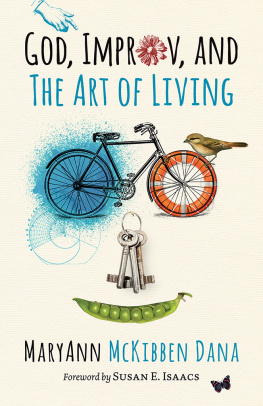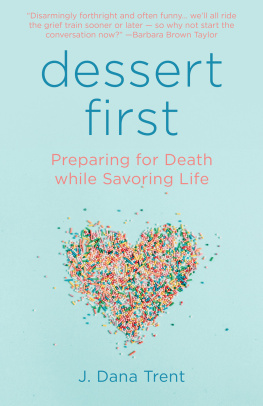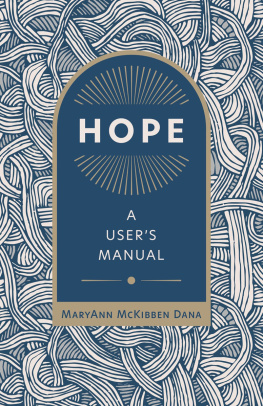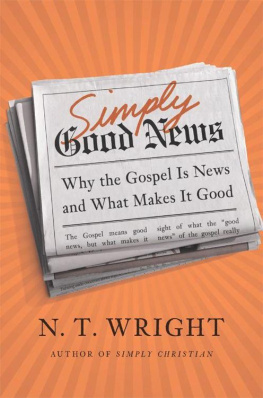Cover copyright 2015 by Hachette Book Group, Inc.
All rights reserved. In accordance with the U.S. Copyright Act of 1976, the scanning, uploading, and electronic sharing of any part of this book without the permission of the publisher constitute unlawful piracy and theft of the authors intellectual property. If you would like to use material from the book (other than for review purposes), prior written permission must be obtained by contacting the publisher at permissions@hbgusa.com. Thank you for your support of the authors rights.
Twelve is an imprint of Grand Central Publishing.
The Twelve name and logo are trademarks of Hachette Book Group, Inc.
The Hachette Speakers Bureau provides a wide range of authors for speaking events. To find out more, go to www.hachettespeakersbureau.com or call (866) 376-6591.
The publisher is not responsible for websites (or their content) that are not owned by the publisher.
The Black Eye of Baghdad
I knew the job of a White House press secretary would be hectic and demanding, but I never expected Id come to physical harm. Id almost finished the job without a scratch when a top-secret trip to Baghdad, six weeks before President George W. Bush left office, changed all of that.
It was December 2008, and a very small team at the White House was assigned to work on a covert trip to Iraq and Afghanistan. It would be the Presidents last overseas trip on Air Force One, and we had to be extra careful to keep it all under wraps because the press was already nosing around. Reporters that covered the President suspected that hed want to see the troops one last time. They knew his style.
I was in charge of the press part of the trip, and I worked with Gordon Johndroe, my deputy press secretary for national security, to figure out our piece of the puzzle. Thankfully, Gordon has a good poker face. It was awkward to tell white lies to our colleagues about our weekend plans, and we had to sneak out to get coffee so we could talk without being overheard. I didnt like keeping secrets from my team, but I understood why we had to.
We put together a group of reporters, photographers, and a camera crew to make up the press pool. Only the editor and the journalist of each organization could know about the trip. And in turn, the reporter could only tell one family member (also sworn to secrecy). Just one leak and the trip would be canceled.
I was under the same rulesonly my husband, Peter, was aware of where I was going. He was concernednot about the flight, as theres no safer plane than Air Force Onebut about potential hostile action on the ground. He knew that once we landed, the enemy might try to take a shot at disrupting our plans or even harming the President. And we had another problem. That weekend, Peter was to be the best man at a friends wedding at the United States Naval Academy in Annapolis, Maryland. Hed have to make up an excuse for me. He ended up apologizing for my absence by saying that I had to work, which was true but a lame excuse for missing a wedding.
As the sun was setting in Washington on December 13, the handful of us going on the trip were picked up from our homes in unmarked cars and driven to Andrews Air Force Base. There we waited for the President and National Security Advisor, Steve Hadley, to fly in from Camp David. The President was wearing a black baseball cap that said 43 and a tan canvas jacket. At the bottom of the ladder to the plane, he paused and, grinning, said, Whos ready? Lets go! before bounding up the steps.
As soon as we got on board, I made a beeline for the conference room near the front of the plane and set down my bag. That room has a large oval table with big swivel chairs all around it, and a video screen for secure teleconferences or watching TV. Most of the senior staff liked to sit in there to work, have a chat, and sometimes play cards. Along the side of the room is a comfortable bench that curves around in a semicircle shape under the video screen. Since there werent beds for all of us to lie down on, I staked out that spot because I was the smallest person on the staff and could fit there comfortably. We settled in for the thirteen-hour flight.
A couple of hours before our arrival in Iraq, we got up and took turns getting ready in the small restrooms and making ourselves presentable. I was pretty good at changing clothes in a space that was only slightly bigger than a phone booth. I washed, put on a bit of makeup, and brushed my hair in ten minutes.
For safetys sake, Air Force Ones pilot, Colonel Mark Tillman, descended quickly in a tight spiral over the protected airspace. The President watched from the cockpit, and after a couple of minutes, we settled gently onto the runway. Our first stop: Baghdad.
President Bush and Prime Minister Nouri al-Maliki spent the day in meetings on everything from troop training to insurgents to economic reform. The most important issue on the agenda was the Status of Forces Agreement that President Bush was trying to finalize with the Iraqis. Unfortunately, Maliki didnt fully accept the agreement, but they agreed to keep working on it. Then we headed into the press conference at another location. The motorcade ride was bumpy, but aside from being jostled we got there in one piece.
I went in the back door, ahead of the leaders. This was an historic momentit was the last time that President Bush and the Prime Minister of Iraq would appear together. The room was full of security guards and about two dozen journalists, including our press pool. We took our seats on the side of the room. To my left was Ed Gillespie, the counselor to the President, and on my right was the interpreter, with a boom microphone that was set on a steel arm. The room was relatively small and filled with technical equipmentcameras, lights, and cables wedged in around all of the people.
I felt some solidarity with the Iraqi reporters who were seated in the first two rows. I told Ed they grew up thinking theyd never get the chance to ask their leader a question, let alone the President of the United States. I silently cheered them onbut not for long.
President Bush and Prime Minister Maliki stepped up to their podiums and began their opening remarks. Out of the corner of my eye, I saw one of those journalists reach down and yank off his shoe and hurl it hard and fast at President Bushs head. He ducked and the shoe hit the wall. BAM! Immediately, the shoe thrower took another shot. BAM! Thankfully, the President dodged that shoe, too, and he didnt seem angry or afraid, but bemused. His look said, What is










